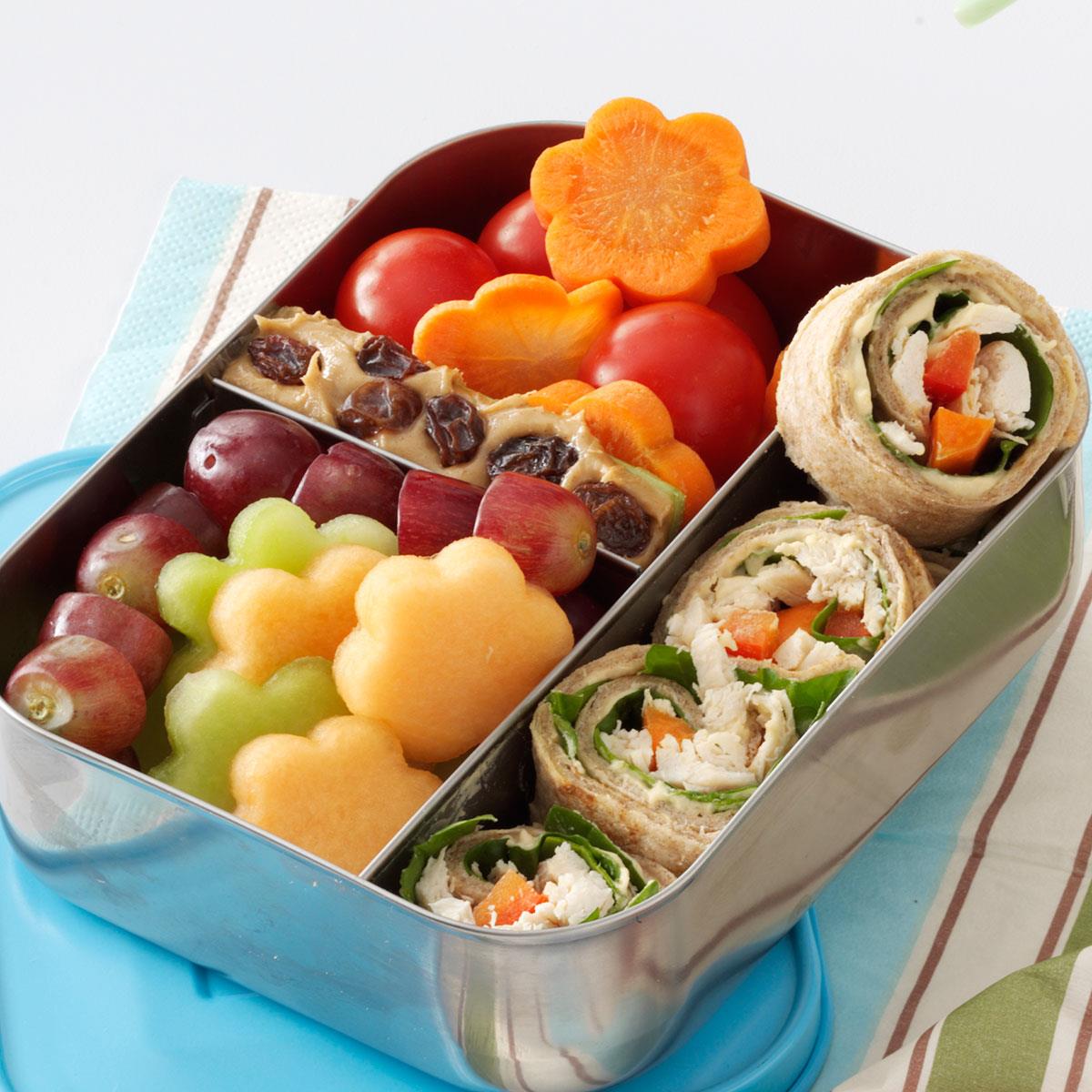Lunchboxes-Essential for a Good School Year
TEXARKANA, Ark. –
Purchasing your child’s lunch box and supplies is as important as school supplies and clothes. Well-insulated bags, insulated bottles for hot and cold foods and several days’ supply of freezer gel packs are essential to serving your children safe lunches from home.
|
Buying the lunchbox is easy; deciding what to put in it can be the challenge. Finding the right combination of foods that are nutritious, that won't be a food safety concern, and that your child will eat can be your biggest challenge. Involve your children in making some of the decisions and preparation and the task will be much easier. Stock up on shelf-stable foods that will be good for them, not high fat, high sodium treats such as cookies and chips. Instead, try canned fruit or puddings with pop-top lids, applesauce, peanut butter, crackers, fresh fruit, bottled water, single-serve packets of mayonnaise, and boxes of 100 percent fruit juice. Disposable silverware and individual hand wipes are also needed. Fueling our children’s lunches with good nutrition is an important part of a healthy school lunch. Don’t serve the same thing every day or they will get bored with it. Instead, include a variety of foods. Include foods with dietary fiber, such as fruits, vegetables, whole grain breads, and crackers. Choose foods which are low in sodium, fat, sugar, and are high in fiber. For example, pack apple slices instead of apple juice or apple pie. Choose baked chips over fried potato chips. Choose cookies and cupcakes that supply vitamins, minerals and fiber in addition to calories, for example oatmeal cookies, fig bars and pumpkin cupcakes. When choosing a beverage, remember nutrients. Low fat milk and skim milk supply protein, calcium, riboflavin and calories. Fruit juices (look for 100 percent juice) supply vitamins, minerals and calories. Vegetable juices also supply important nutrients but are often high in sodium. Fruit drinks are often fortified in nutrients but may be high in sugar. After safety and nutrition, the third part of the lunch dilemma is getting your child to eat what's in the lunch box. Let your child help shop for their lunch box foods. Teach them how to select a balanced lunch from food items you purchased or prepared together. Try putting pre-packaged or home-packaged nonperishable lunch foods on the counter or in a cupboard within your child's reach. Put packaged perishable food on a low shelf in the refrigerator. Group foods in bowls or boxes by food group and then let your child build their own lunch. A balanced lunch might include a sandwich containing a high protein food, one item from the vegetable group, one item from the fruit group, and a beverage. If the beverage is not milk, consider adding a tube or carton of yogurt or a stick of string cheese, with an ice pack of course. Kids like variety and are sometimes bored with the same foods, so keep exploring different options in each food category. Add pizzazz by packing something extra a few times a week. For example, instead of a sandwich every day, pack a slice of cold pizza or a burrito. The same fruit can be eaten in many forms. An apple can be fresh, sliced, with caramel dip, as applesauce, or as dehydrated apple chips. Once you have decided what to pack, now it is time to think of safety. Start with fresh, clean food. Wash your hands, food preparation surfaces, and utensils with soap and water before you make the sandwiches or prepare food. Keep perishable foods cold and hot foods hot. Insulated lunch boxes are the best way to keep foods cold until lunch. Pack perishable foods like meat, or dairy products next to a frozen gel pack, a frozen applesauce cup or a frozen juice box. Sandwiches can be frozen before placing in the insulated lunch box. Freezer gel packs will keep food cold until lunchtime, but generally not all day. To extend the length of time a gel pack will keep food cold, pre-pack everything in an open insulated lunch box minus the gel pack the night before and refrigerate. In the morning add the frozen gel pack and close tightly. Discard any perishables left over from lunch. Don't forget to pack something extra. Add a new pencil, eraser, printed napkin or sticker. Consider adding a coupon for an extra hug, extra book before bed, or 15 additional minutes on the computer, TV or phone. A special note from you, an age appropriate cartoon strip clipped from the paper, or a coloring page and crayon, can also make lunches a big hit. Click for your copy of Lunch Box Treats, contact the Miller County Extension Office, 870-779-3609 or visit us in room 215 at the Miller County Courthouse. We're online at cdue@uada.edu, on Facebook and Twitter @MillerCountyFCS or on the web at uaex.uada.edu/Miller. -30- |
By Carla Due
County Extension Agent - FCS
The Cooperative Extension Service
U of A System Division of Agriculture
Media Contact: Carla Due
County Extension Agent - FCS
U of A Division of Agriculture
Cooperative Extension Service
400 Laurel Street, Suite 215 Texarkana AR 71854
(870) 779-3609
cdue@uada.edu
The Arkansas Cooperative Extension Service is an equal opportunity institution. If
you require a reasonable accommodation to participate or need materials in another
format, please contact your County Extension office (or other appropriate office)
as soon as possible. Dial 711 for Arkansas Relay.
Pursuant to 7 CFR § 15.3, the University of Arkansas System Division of Agriculture
offers all its Extension and Research programs and services (including employment)
without regard to race, color, sex, national origin, religion, age, disability, marital
or veteran status, genetic information, sexual preference, pregnancy or any other
legally protected status, and is an equal opportunity institution.
